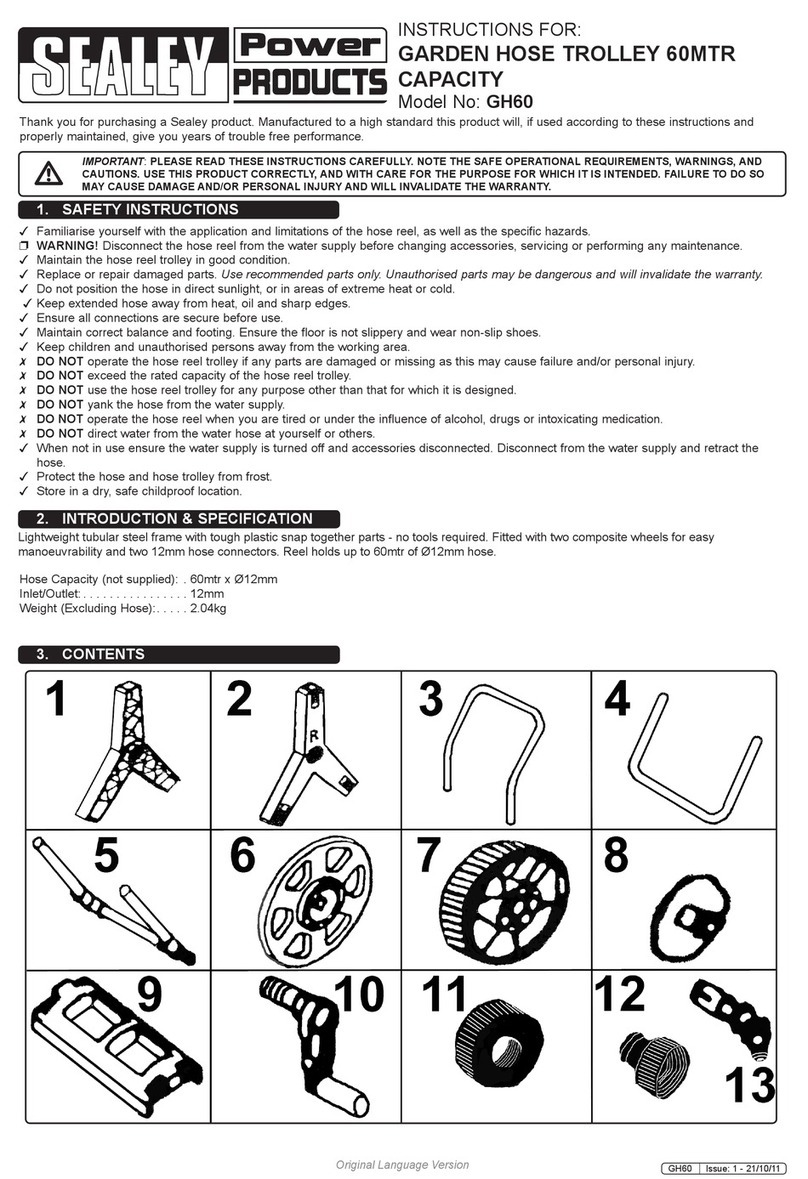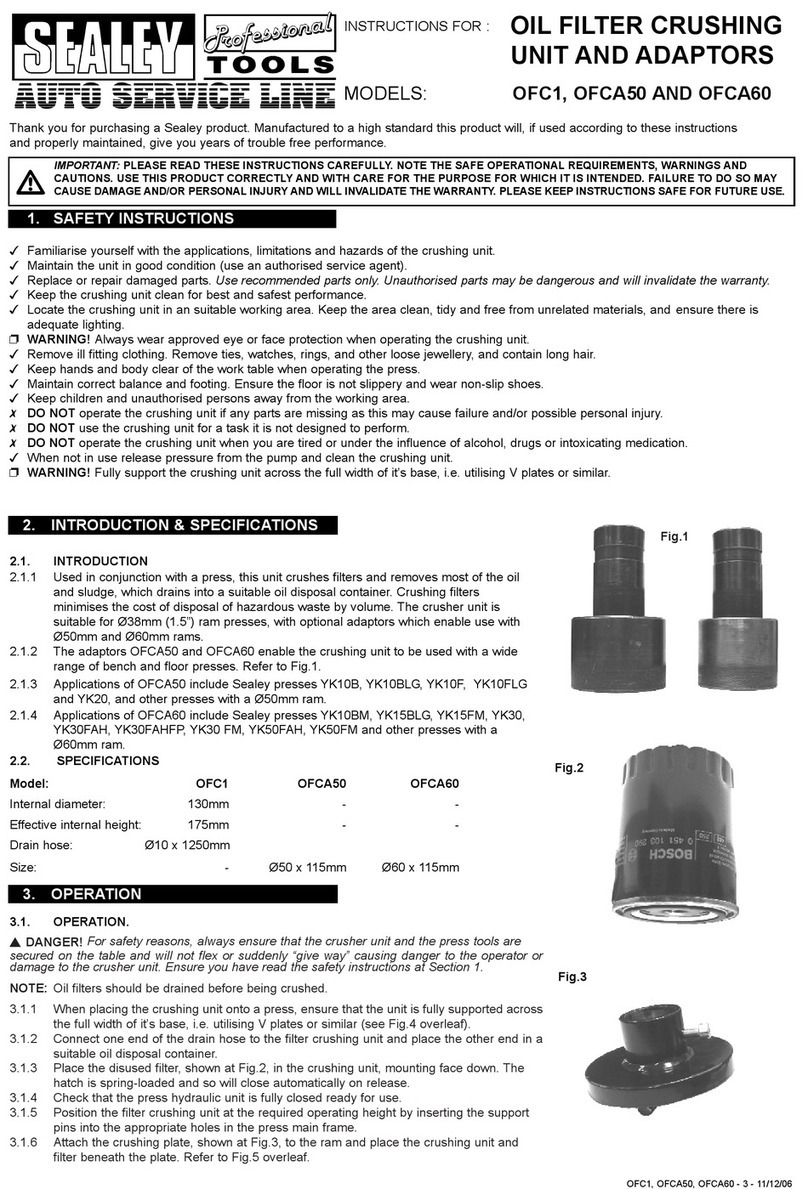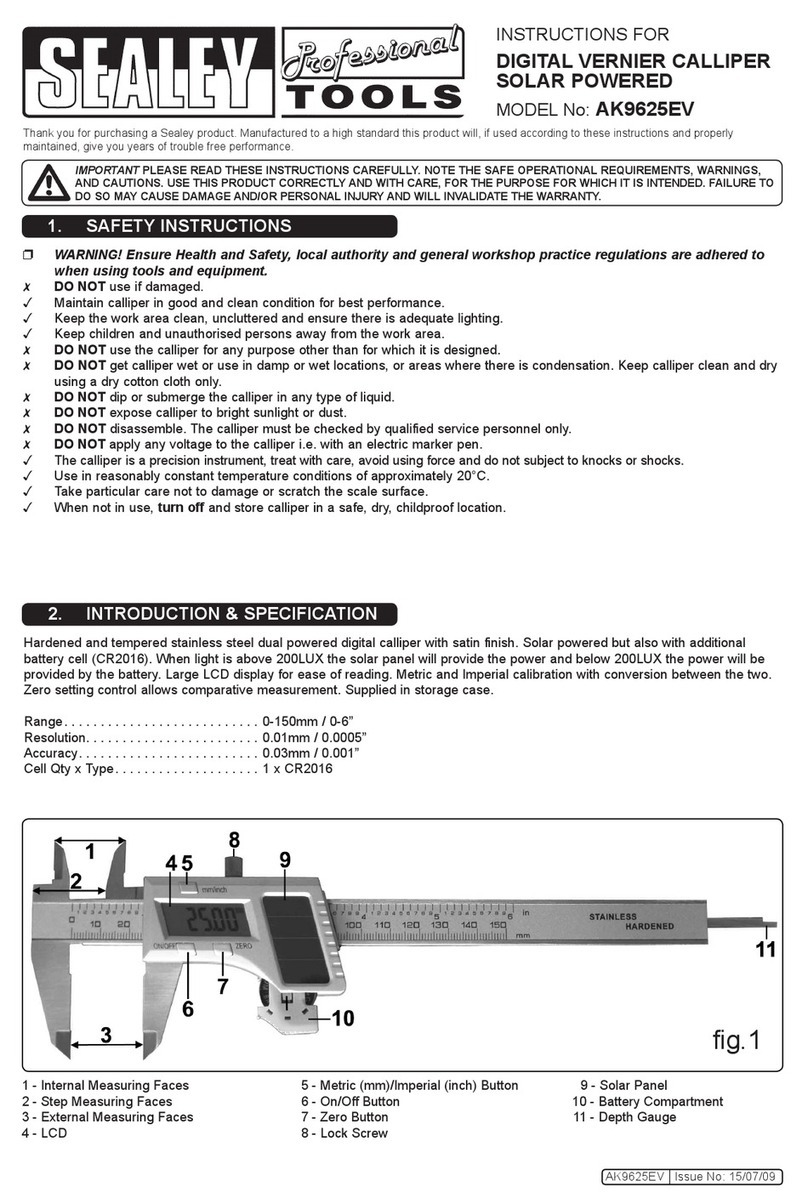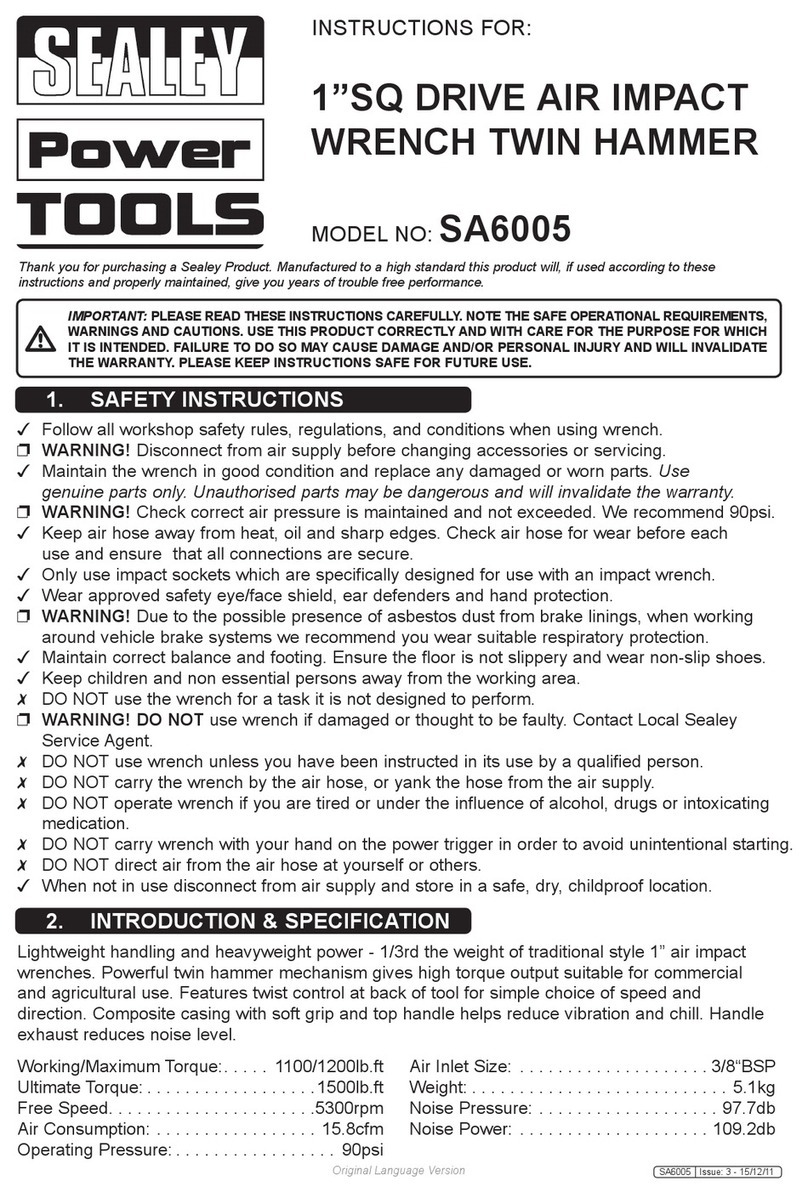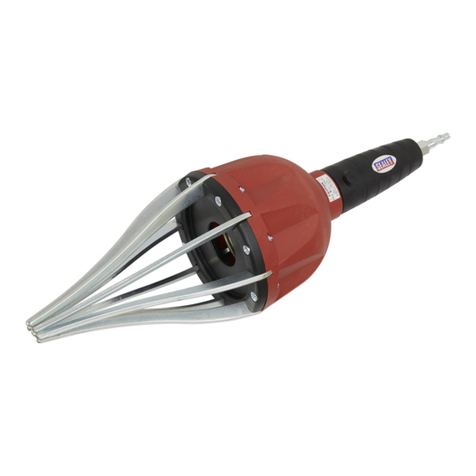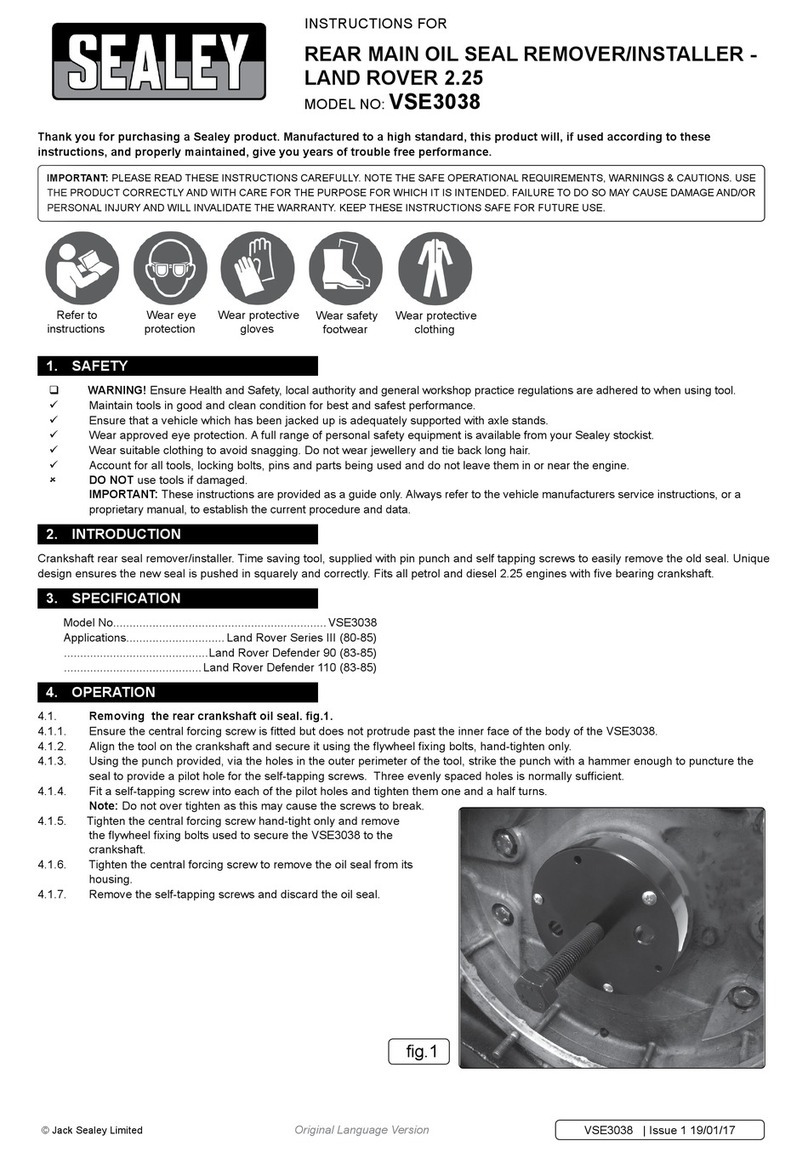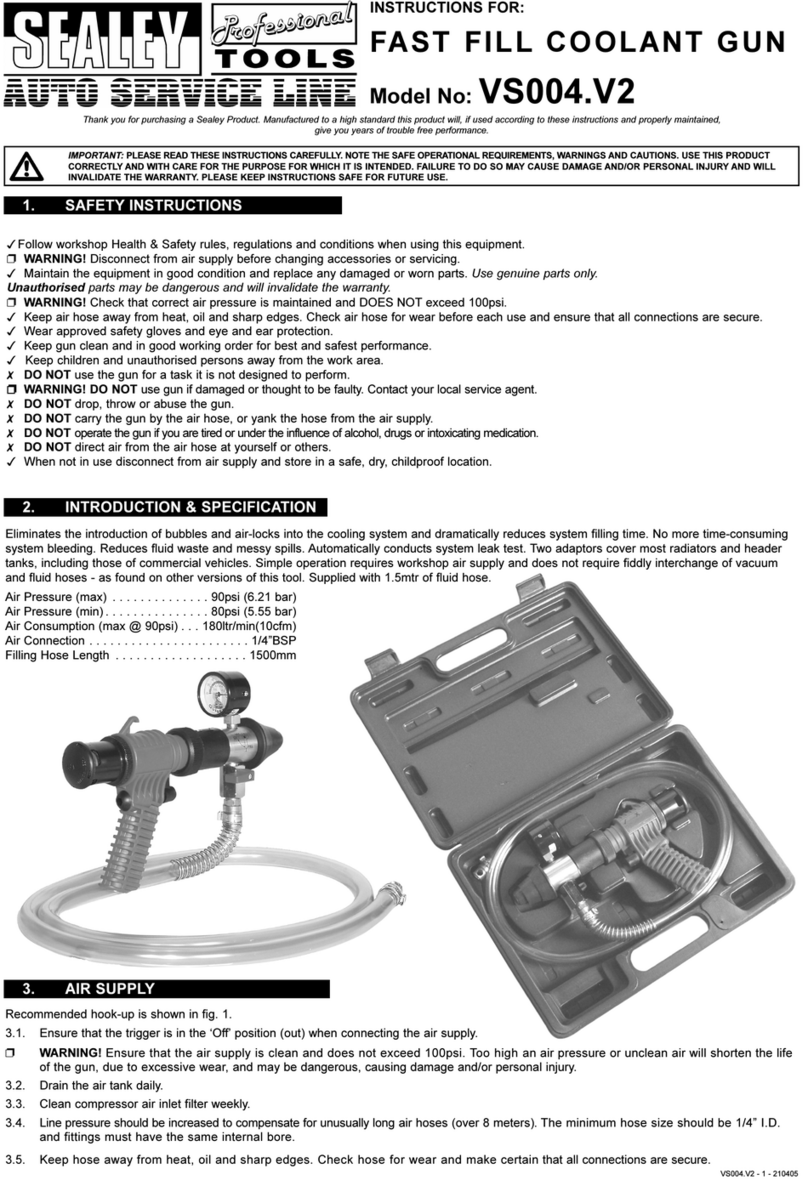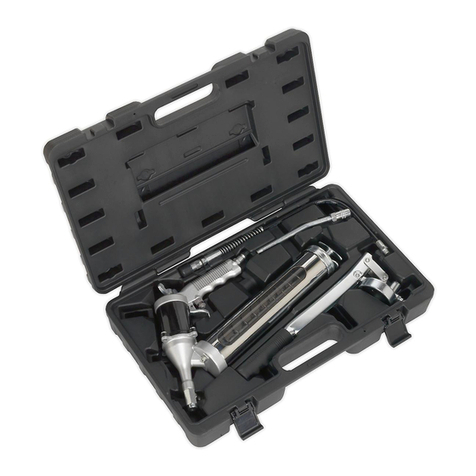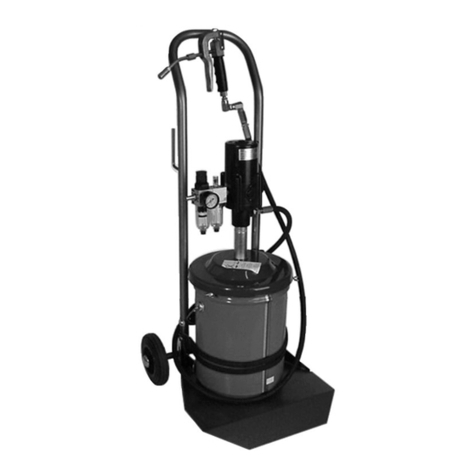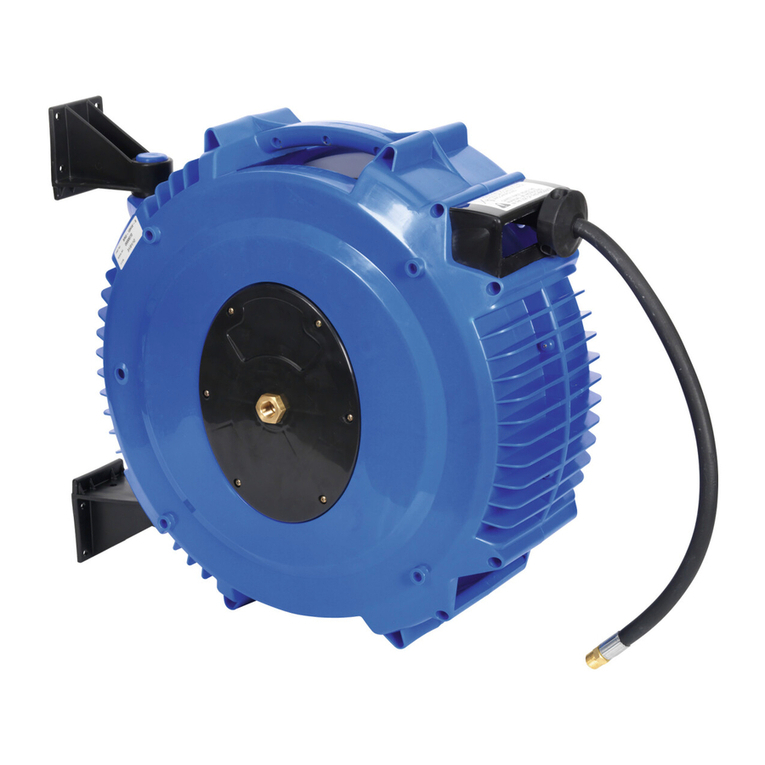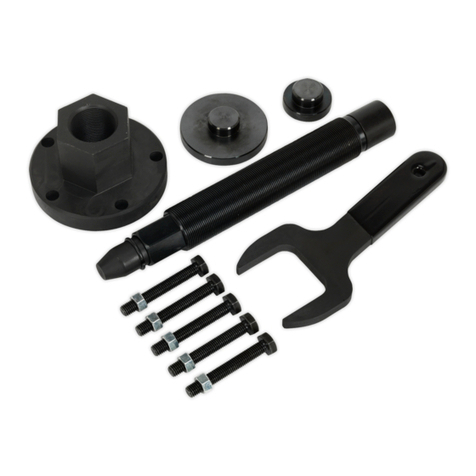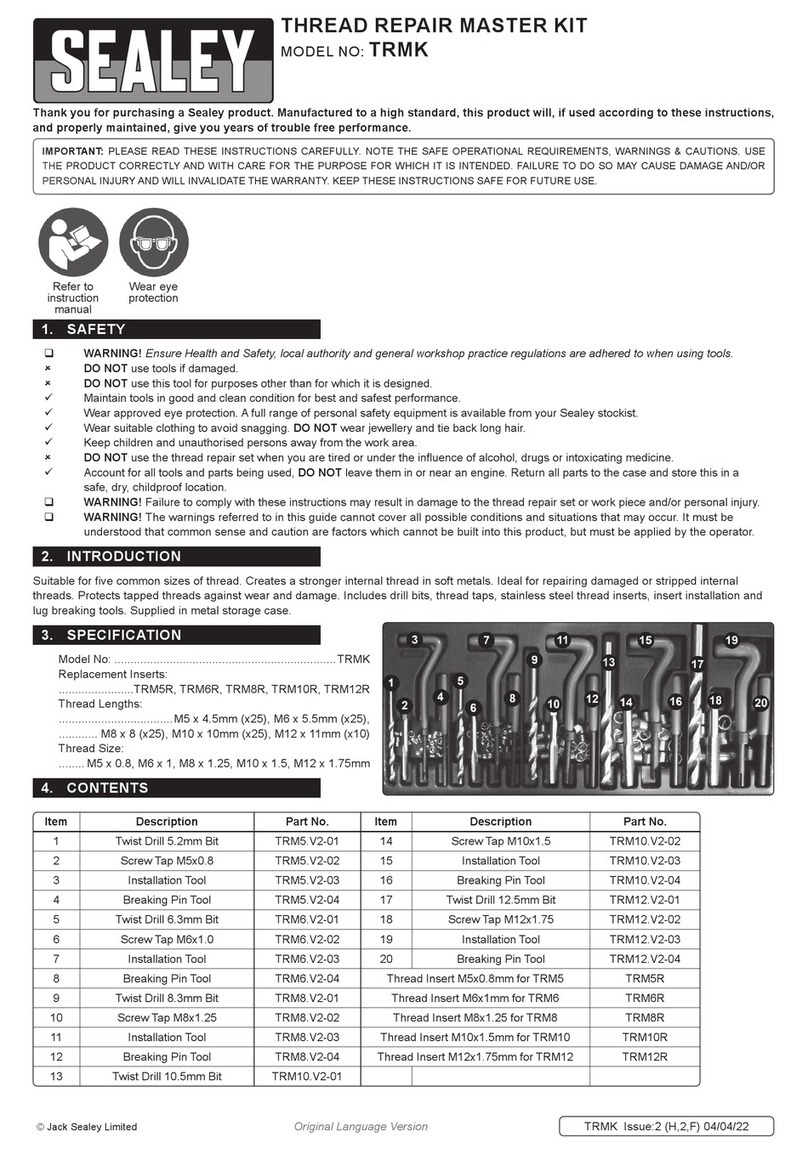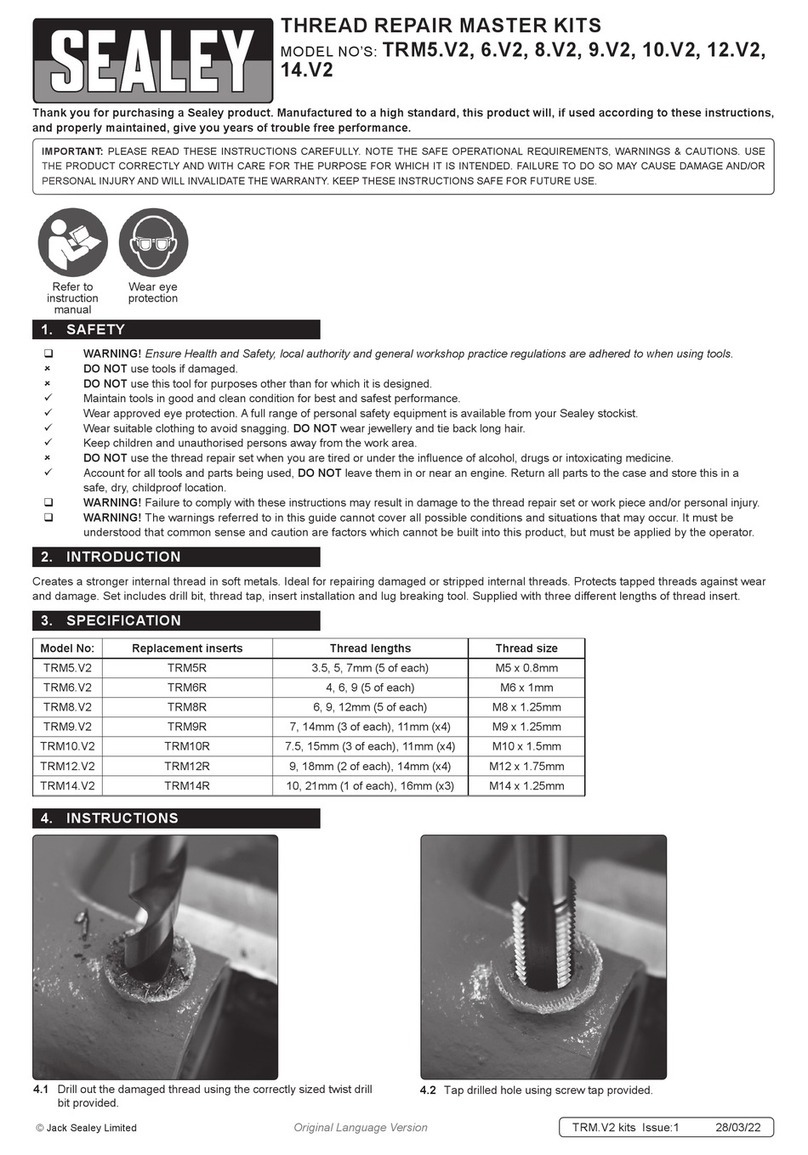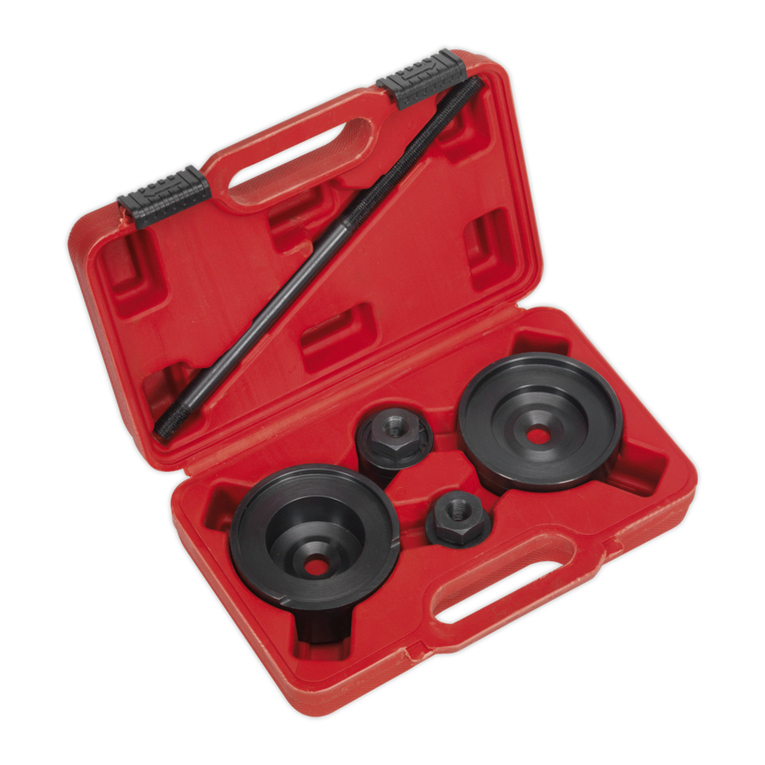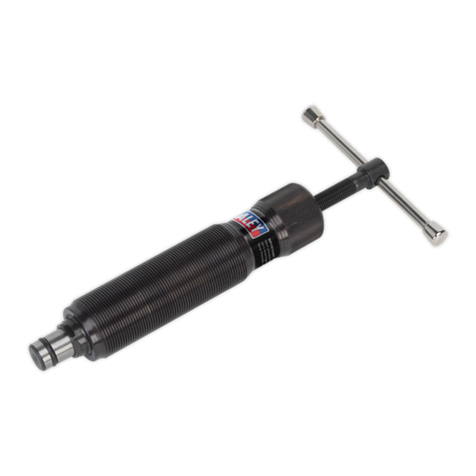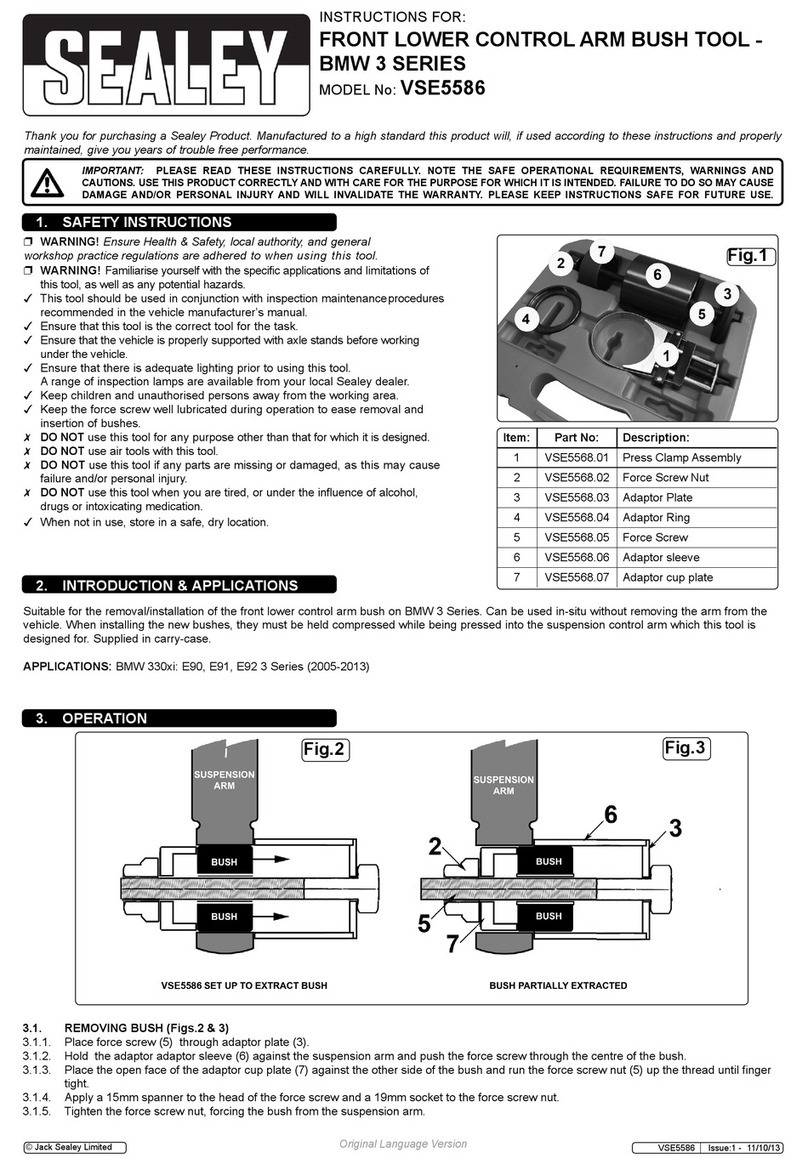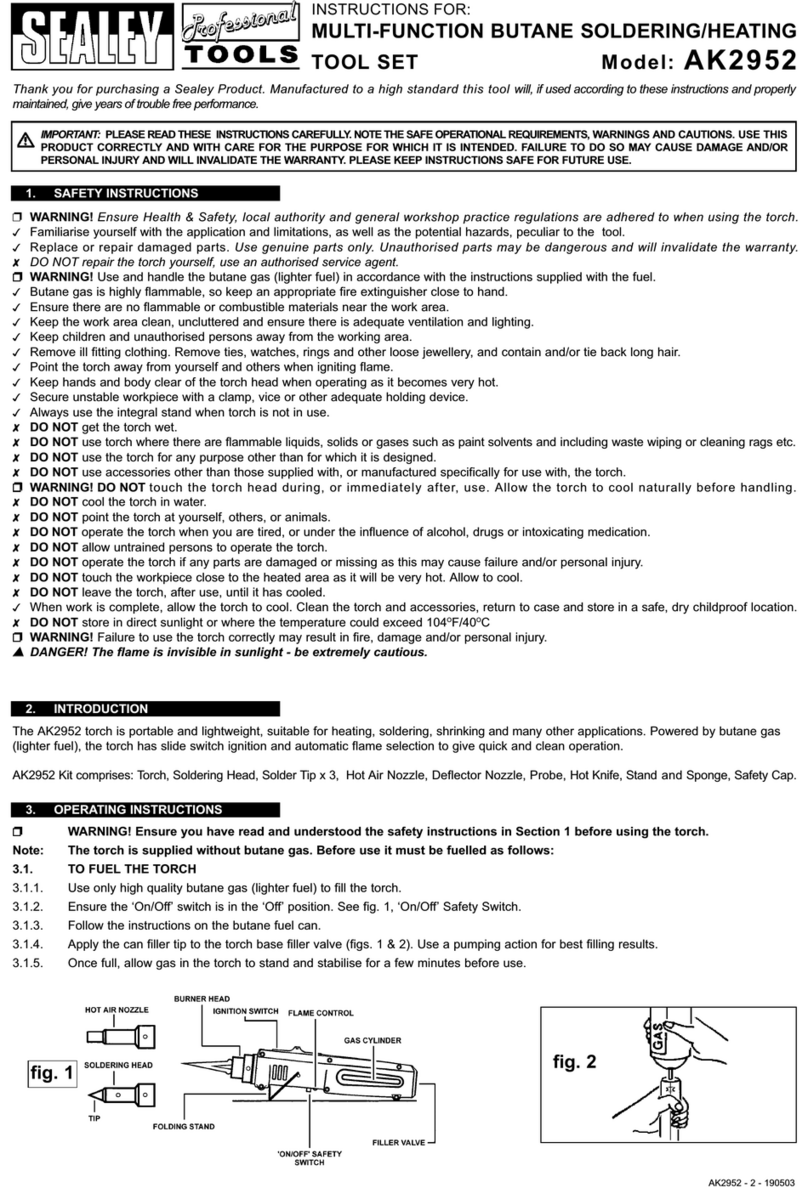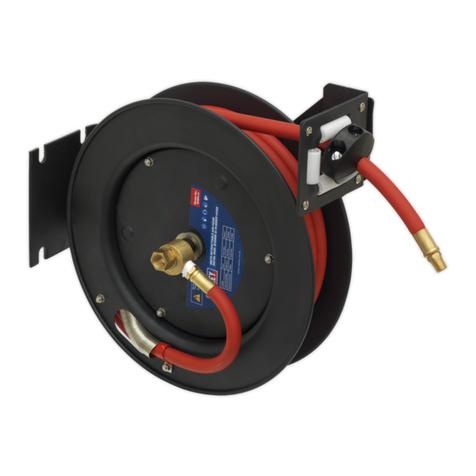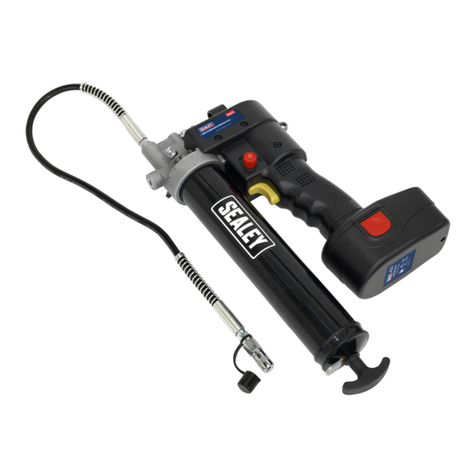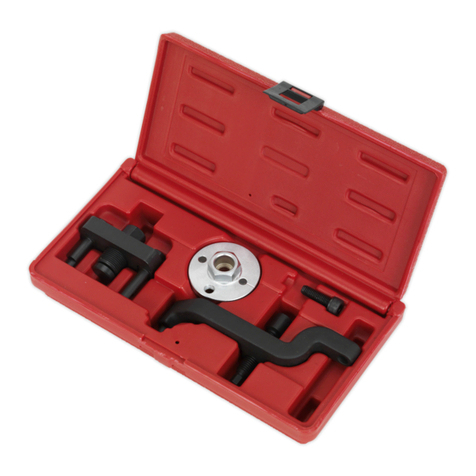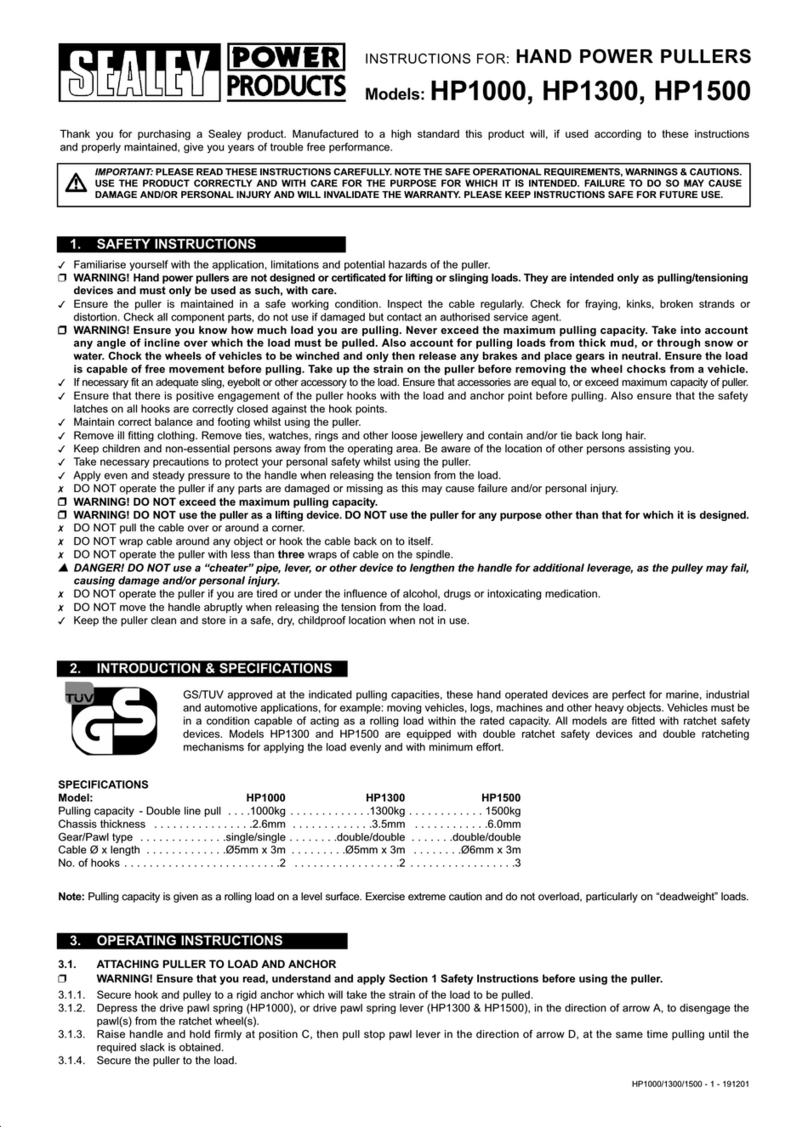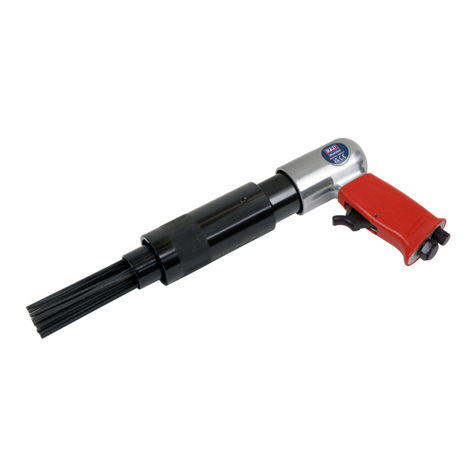
3.3. ELECTRICAL SAFETY. pWARNING! It is the users responsibility to check the following:
You must check electrical AC adaptor to ensure it is safe before using. You must inspect power supply lead, plugs and all electrical
connections for wear and damage. You must ensure the risk of electric shock is minimised by the installation of appropriate safety
devices. An RCCB (Residual Current Circuit Breaker) should be incorporated in the main distribution board. We recommend that an
RCD (Residual Current Device) is used with all electrical products. It is particularly important to use an RCD with portable products
that plug into an electrical supply not protected by an RCCB. If in doubt consult a qualified electrician. Obtain a Residual Current
Device through your dealer. You must read and understand instructions concerning electrical safety.
3.3.1. The Electricity At Work Act 1989 requires all portable electrical appliances, if used on business premises, to be tested by a qualified
person, using a Portable Appliance Tester (PAT), at least once a year.
3.3.2. The Health & Safety at Work Act 1974 makes owners of electrical appliances responsible for the safe condition of the appliance, and
the safety of the appliance operator. If in any doubt about electrical safety, contact a qualified electrician.
3.3.3. DO ensure that the insulation on all cables and the product itself is safe before connecting to the mains power supply.
3.3.4. DO ensure that cables are always protected against short circuit and overload.
3.3.5. DO regularly inspect power supply, leads, plugs for wear and damage and power connections to ensure that none is loose.
3.3.6. DO check product voltage is the same as power supply to be used and check that all fused plugs are fitted with correct capacity fuse.
3.3.7. DO NOT pull the powered appliance by the AC adaptor.
3.3.8. DO NOT pull the AC adaptor plug from the mains socket by the cable.
3.3.9. DO NOT use the AC adaptor if damaged or the lead is worn. Replace items Immediately.
3.3.10. DO NOT disassemble the AC adaptor. There are no user serviceable items inside the unit.
4. CHARGING INSTRUCTIONS
7DO NOT use attachments other than those recommended. To do so may risk damage to the unit, equipment and possible injury.
7DO NOT pull or carry the RS13 by its cables or wires and do not pull the negative and positive pincers from the battery terminals.
7DO NOT operate in vicinity of flammable liquids or gases.
7DO NOT dis-assemble the RS13 for any reason. The RS13 must only be opened and checked by qualified service personnel.
7DO NOT recharge the RS13 with plugs, cables or attachments that are damaged. Replace such items immediately.
7DO NOT use this product to perform a task for which it has not been designed.
7DO NOT store the unit in damp or wet locations or where temperature may exceed 500C.
7DO NOT submerge the unit in water.
7DO NOT use whilst under the influence of drugs, alcohol or intoxicating medication.
7DO NOT leave RS13 in a totally discharged state for an extended period of time as this may result in permanent damage to the unit.
7DO NOT cross-connect the power leads from the Roadstart to the battery. Ensure positive is to positive and negative is to negative.
3Ensure the unit is fully charged before storage.
Note: The RS13 may be used under any weather conditions. Rain, snow, heat, as well as cold temperatures.
4.1 Reading the LED power indicators.
Fig 1 when all colour lights are illuminated the unit is in full charge status and is ready to be used for boosting depleted batteries.
Fig 2 If only the yellow and red light illuminate the unit is in a 50% charge status and may not be used for boosting, but may be used
to operate most 12 volt accessories.
Fig 3 if there is only a red light the unit is low and must be recharged.
4.2. Re-Charging the RS13
Note: When you receive your RS13 from new you will have to charge the unit
for approximately 72 hours.
The RS13 must be fully re-charged in following situations:
i) When new. ii) Before heavy usage. iii) When only one or two lights are on.
pWARNING! Use supplied adaptor, cables and connectors. Unauthorised parts may damage unit and will invalidate your warranty.
Ensure you strictly apply the safety regulations as stated in Section 3.
4.2.1. To recharge with the AC charging adaptor.
a) Ensure all switches are turned off and the power cables are in the appropriate back holster.
b) Plug the AC charge cord into charge input socket of the unit and into any 230 Volt AC wall outlet for approximately 20 hours.
4.2.2. To recharge with the DC charging cable.
a) Ensure all switches are turned off and the power cables are in the appropriate back holster.
b) With the vehicle engine running plug the DC charging cable into units charge input socket and then the other end into the vehicles
12 Volt DC cigarette lighter jack.The unit will be charged by the vehicles alternator.
Note: Should the battery become completely flat, then a 72 hour charge will be necessary.
WARNING! YOU MUST FOLLOW SAFETY INSTRUCTIONS
5.1. To use as an emergency jump starter. (Remember to apply safety rules from Section 3).
NOTE: Before using for the first time, re-charge the Roadstart unit.
5.1.1. Put hand brake on and place in neutral gear (or Park if automatic transmission).
5.1.2. Turn ignition and electrical accessories off.
5.1.3. Use in a well ventilated area and wear protective eye shields and clothing.
pWARNING! do not allow the red and black pincers to touch each other.
Ensure the correct clamps are placed on the correct battery terminals.
5.1.4. Attach the Positive (RED +) pincer to the Positive terminal on the vehicles dead battery (for a negative ground system).
Ensure connecting points are clean.
5.1.5. Attach the Negative (BLACK -) pincer to the (ground) engine block or frame of the vehicle. Ensure the cables are not in the path of
moving engine parts, such as fan etc., and are away from the battery, carburettor/injection system, fuel lines etc.
5.1.6. Make sure that no one is standing near the battery. When all is OK, start the engine.
5.1.7. Once the vehicle has started, disconnect the Negative (BLACK -) pincer first.
5.1.8. Then disconnect the Positive (RED +) pincer.
5.1.9. Store the pincers in the unit holsters.
IMPORTANT: If vehicle does not start within 10 seconds, DO NOT continue. Let the Roadstarts internal battery cool for 3 minutes
before attempting to start vehicle again. Failure to do so may damage the unit.
5. OPERATING INSTRUCTIONS WARNING! YOU MUST FOLLOW SAFETY INSTRUCTIONS
RS13 - 0016 - (4) - 050100
